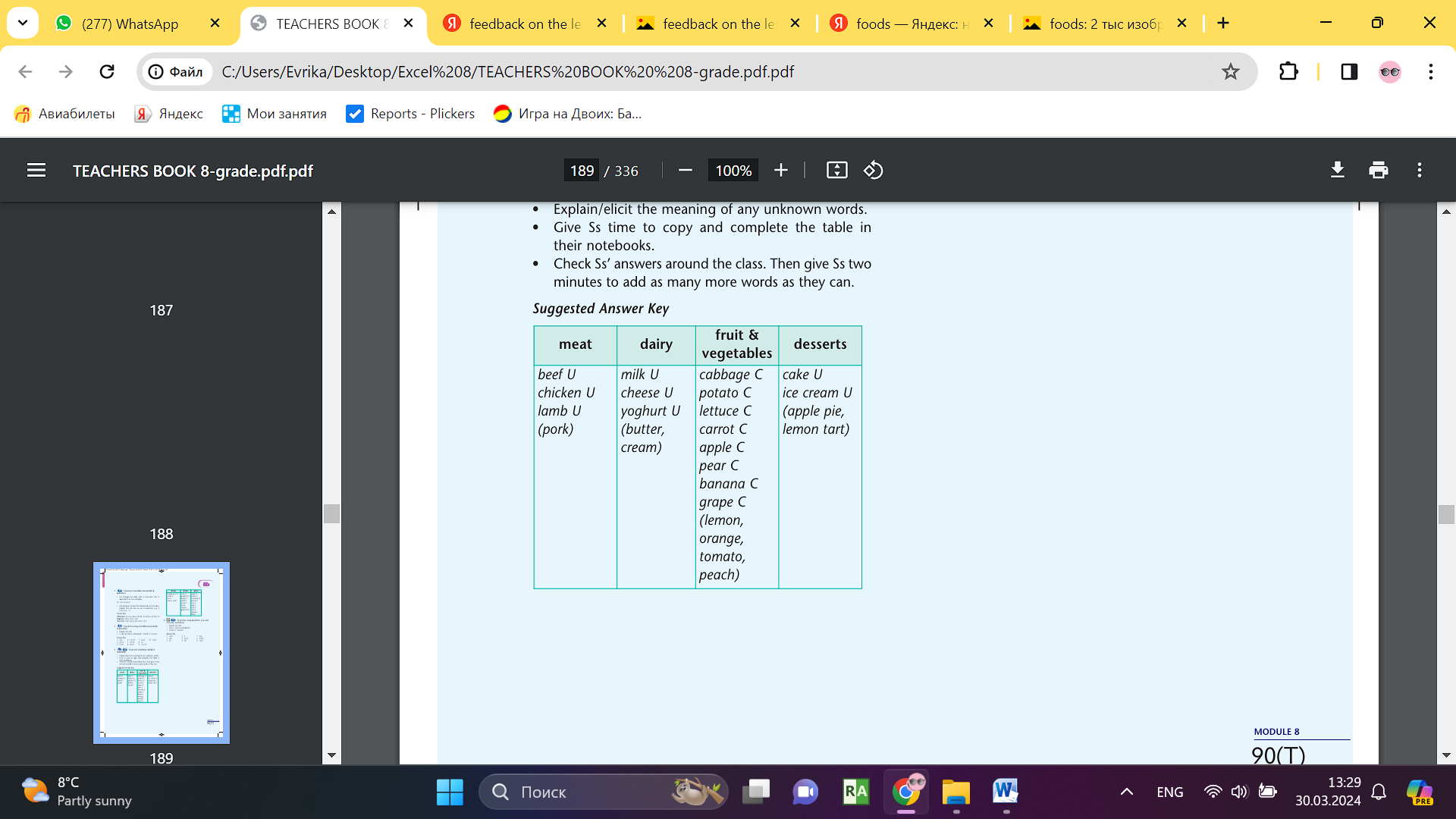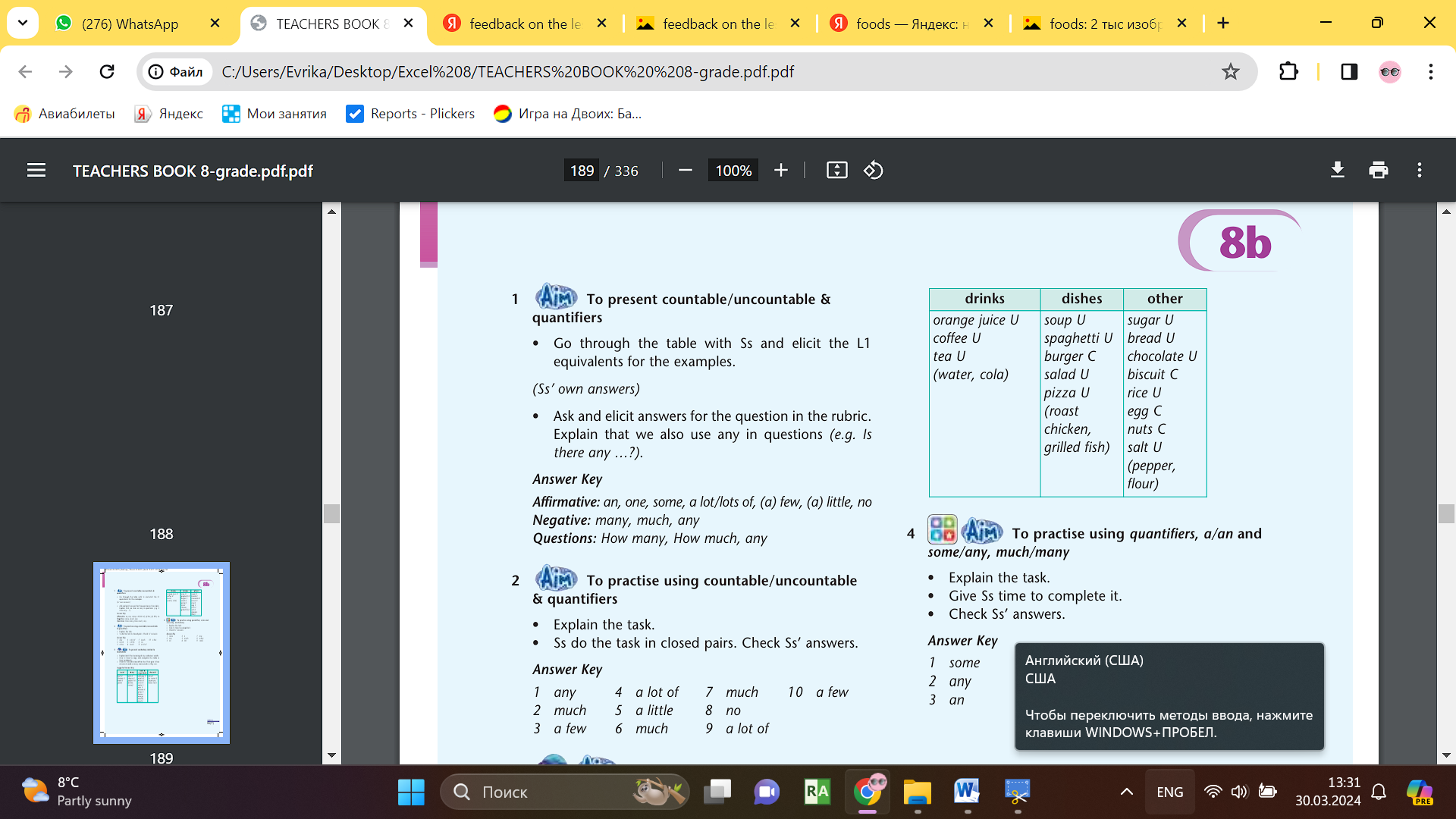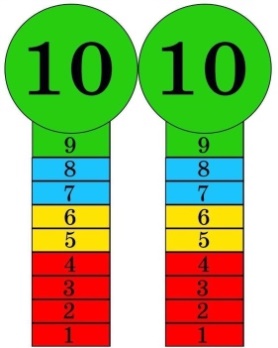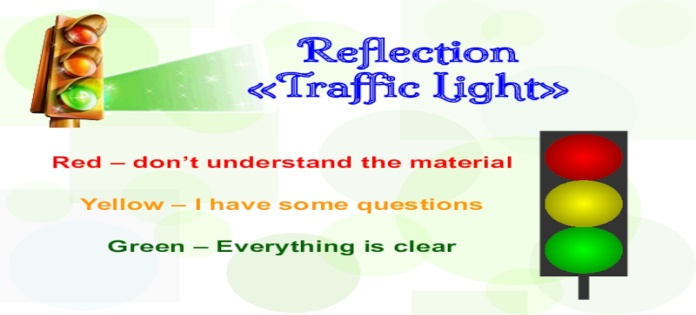
|
Unit 8: Food and drink |
|
||
|
Teacher name: |
|
||
|
Date: |
|
||
|
Grade: 8 |
Number present: |
absent: |
|
|
Lesson title |
Use of English: Countable and uncountable nouns |
||
|
Learning objectives |
8.1.6.1 organize and present information clearly to others 8.6.8.1 use a growing variety of future forms including present continuous and present simple with future meaning on a range of familiar general and curricular topics 8.5.3.1 write with moderate grammatical accuracy on a limited range of familiar general and curricular topics |
||
|
Lesson objectives |
Learners will be able to: -present countable/uncountable & quantifiers - practise using countable/uncountable & quantifiers - present vocabulary related to food/drinks |
||
|
Plan |
|||
|
Stages / Time |
Teachers actions |
Students actions |
Assessment criteria |
Resources |
|
Beginning of the lesson Warming-up
3 min. Pre-learning «Brainstorming» method 7 min. |
Organization moment : 1.Greeting. Ask about the weather. The teacher sets the lesson objectives, letting students know what to anticipate from the lesson. Warming up What the weather like today? What day of the week today? What date is it taday? How many students are there in class? Lead – In
|
The aim: To develop pupils speaking skills and create friendly atmosphere Students of the class are listed. Students' attention is drawn to the lesson. Students say different words from the picture •Learners remember previous lesson vocabulary •Learners answer the questions |
The teacher to assess learners for their ability. “Good job! Well done!” Formative Assessment
Good job! Descriptor: - remembers the lesson passed Point 1 Assessment criteria Learners have met the learning objectives if they can talk about twenty thousand leagues under the sea |
Pictures worksheet Picture |
|
Middle of the lesson Presentation part. 30 min |
Ex:1 P:90 • Go through the table with Ss and elicit the L1 equivalents for the examples. (Ss’ own answers) • Ask and elicit answers for the question in the rubric. Explain that we also use any in questions (e.g. Is there any …?). Ex: 2 P: 90 •Explain the task. • Ss do the task in closed pairs. Check Ss’ answers. Differentiation: «Verbal support» method is used to help Ss use new words in the sentences. Ex: 3 P: 90 • Explain/elicit the meaning of any unknown words. • Give Ss time to copy and complete the table in their notebooks. • Check Ss’ answers around the class. Then give Ss two minutes to add as many more words as they can. Ex: 4 P: 90 • Explain the task. • Give Ss time to complete it. • Check Ss’ answers. Conclusion during the lesson some tasks differentiated by outcomes of the students and by their abilities. |
• Learners read the theory and say the examples in your language. Which of the words in bold do we use in Descriptor: - read the theory - answers for the question ANSWERS Affirmative: an, one, some, a lot/lots of, (a) few, (a) little, no Negative: many, much, any Questions: How many, How much, any • Learners choose the correct words. Descriptor: - do the task - answers for the question ANSWERS 1 any 2 much 3 a few 4 a lot of 5 a little 6 much 7 much 8 no 9 a lot of 10 a few • Learners copy the table in your notebook and list the words under the headings. In two minutes, add as many more words as you can. Then write C for countable or U for uncountable. Descriptor: - copy the table - add as many more words as you can ANSWERS
• Learners complete the dialogue. Use: much, many, a, an, some, any. Descriptor: - complete the dialogue. - complete the dialogue. ANSWERS 1 some 2 any 3 an 4 a 5 much 6 lots 7 any 8 many 9 some |
Total: 2point
Self assessment Total: 2 point Total: 2 point Total: 2 point -Make CCQ questions Yes / No Total: 1 point. |
Card Worksheet Students book |
|
End of the lesson 5 min |
FEEDBACK Learners provide feedback on what they have learned at the lesson. Ex: P: Home task: Write the days |
|
Poster Success
|
|
Checked_______________________________
жүктеу мүмкіндігіне ие боласыз
Бұл материал сайт қолданушысы жариялаған. Материалдың ішінде жазылған барлық ақпаратқа жауапкершілікті жариялаған қолданушы жауап береді. Ұстаз тілегі тек ақпаратты таратуға қолдау көрсетеді. Егер материал сіздің авторлық құқығыңызды бұзған болса немесе басқа да себептермен сайттан өшіру керек деп ойласаңыз осында жазыңыз
Countable/ Uncountable nouns
Countable/ Uncountable nouns
|
Unit 8: Food and drink |
|
||
|
Teacher name: |
|
||
|
Date: |
|
||
|
Grade: 8 |
Number present: |
absent: |
|
|
Lesson title |
Use of English: Countable and uncountable nouns |
||
|
Learning objectives |
8.1.6.1 organize and present information clearly to others 8.6.8.1 use a growing variety of future forms including present continuous and present simple with future meaning on a range of familiar general and curricular topics 8.5.3.1 write with moderate grammatical accuracy on a limited range of familiar general and curricular topics |
||
|
Lesson objectives |
Learners will be able to: -present countable/uncountable & quantifiers - practise using countable/uncountable & quantifiers - present vocabulary related to food/drinks |
||
|
Plan |
|||
|
Stages / Time |
Teachers actions |
Students actions |
Assessment criteria |
Resources |
|
Beginning of the lesson Warming-up
3 min. Pre-learning «Brainstorming» method 7 min. |
Organization moment : 1.Greeting. Ask about the weather. The teacher sets the lesson objectives, letting students know what to anticipate from the lesson. Warming up What the weather like today? What day of the week today? What date is it taday? How many students are there in class? Lead – In
|
The aim: To develop pupils speaking skills and create friendly atmosphere Students of the class are listed. Students' attention is drawn to the lesson. Students say different words from the picture •Learners remember previous lesson vocabulary •Learners answer the questions |
The teacher to assess learners for their ability. “Good job! Well done!” Formative Assessment
Good job! Descriptor: - remembers the lesson passed Point 1 Assessment criteria Learners have met the learning objectives if they can talk about twenty thousand leagues under the sea |
Pictures worksheet Picture |
|
Middle of the lesson Presentation part. 30 min |
Ex:1 P:90 • Go through the table with Ss and elicit the L1 equivalents for the examples. (Ss’ own answers) • Ask and elicit answers for the question in the rubric. Explain that we also use any in questions (e.g. Is there any …?). Ex: 2 P: 90 •Explain the task. • Ss do the task in closed pairs. Check Ss’ answers. Differentiation: «Verbal support» method is used to help Ss use new words in the sentences. Ex: 3 P: 90 • Explain/elicit the meaning of any unknown words. • Give Ss time to copy and complete the table in their notebooks. • Check Ss’ answers around the class. Then give Ss two minutes to add as many more words as they can. Ex: 4 P: 90 • Explain the task. • Give Ss time to complete it. • Check Ss’ answers. Conclusion during the lesson some tasks differentiated by outcomes of the students and by their abilities. |
• Learners read the theory and say the examples in your language. Which of the words in bold do we use in Descriptor: - read the theory - answers for the question ANSWERS Affirmative: an, one, some, a lot/lots of, (a) few, (a) little, no Negative: many, much, any Questions: How many, How much, any • Learners choose the correct words. Descriptor: - do the task - answers for the question ANSWERS 1 any 2 much 3 a few 4 a lot of 5 a little 6 much 7 much 8 no 9 a lot of 10 a few • Learners copy the table in your notebook and list the words under the headings. In two minutes, add as many more words as you can. Then write C for countable or U for uncountable. Descriptor: - copy the table - add as many more words as you can ANSWERS
• Learners complete the dialogue. Use: much, many, a, an, some, any. Descriptor: - complete the dialogue. - complete the dialogue. ANSWERS 1 some 2 any 3 an 4 a 5 much 6 lots 7 any 8 many 9 some |
Total: 2point
Self assessment Total: 2 point Total: 2 point Total: 2 point -Make CCQ questions Yes / No Total: 1 point. |
Card Worksheet Students book |
|
End of the lesson 5 min |
FEEDBACK Learners provide feedback on what they have learned at the lesson. Ex: P: Home task: Write the days |
|
Poster Success
|
|
Checked_______________________________

шағым қалдыра аласыз
























